Green Building
Save environment, cost, and get international recognition
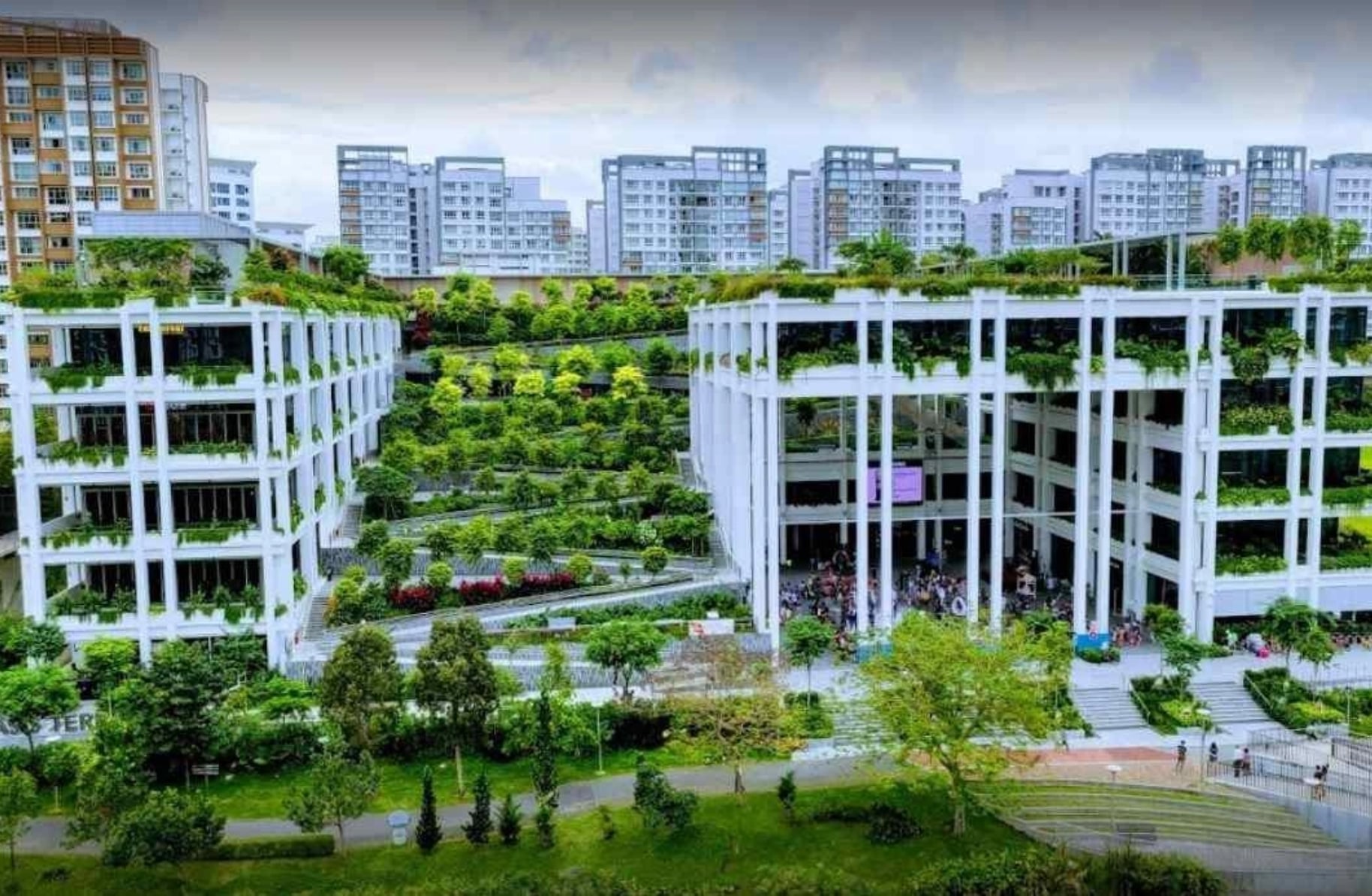
GREEN BUILDING
Green buildings leave minimum carbon footprint to its environment. They consume less energy and may generate renewable energy. They consume less water and may reuse all kinds of resources, such as wastewater and materials. They are also built with careful considerations in term of minimizing pollution, improving indoor environment comfort, and occupant health.

CERTIFICATION CONSULTANCIES
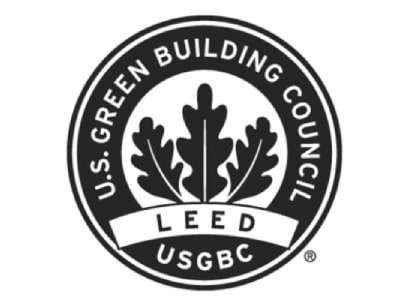
LEED is Leadership in Energy and Environmental Design, a green building rating from the U.S.
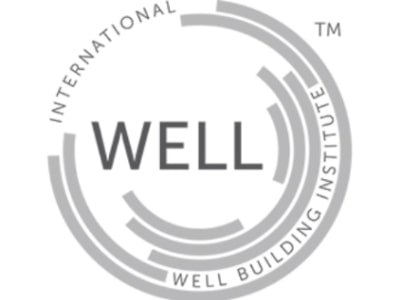
WELL is a U.S. green building rating focusing on occupant well being.
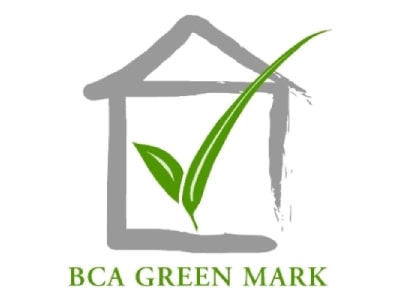
Green Mark is a green building rating from Singapore.

Green Star is a green building rating from Australia.
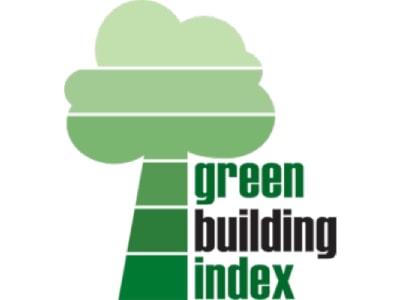
GBI is Green Building Index, a green building rating from Malaysia.

Greenship is a green building rating from Indonesia.

Edge is a green building rating from International Finance Corporation, member of World Bank Group.
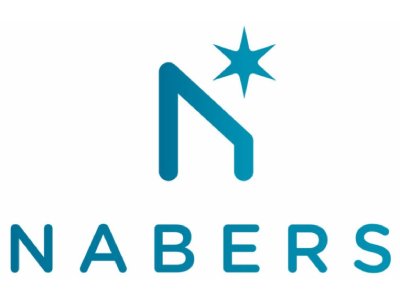
NABERS is the National Australian Built Environment Rating System managed by the government of Australia.
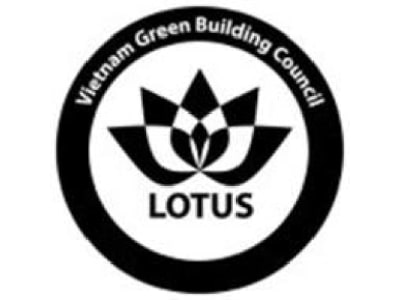
Lotus is a green building rating from Vietnam.

Section J is an energy efficiency report mandated by the National Construction Code (NCC).

GRI is Global Reporting Initiative for corporations.

GreenRe is a green building rating from Malaysia.
